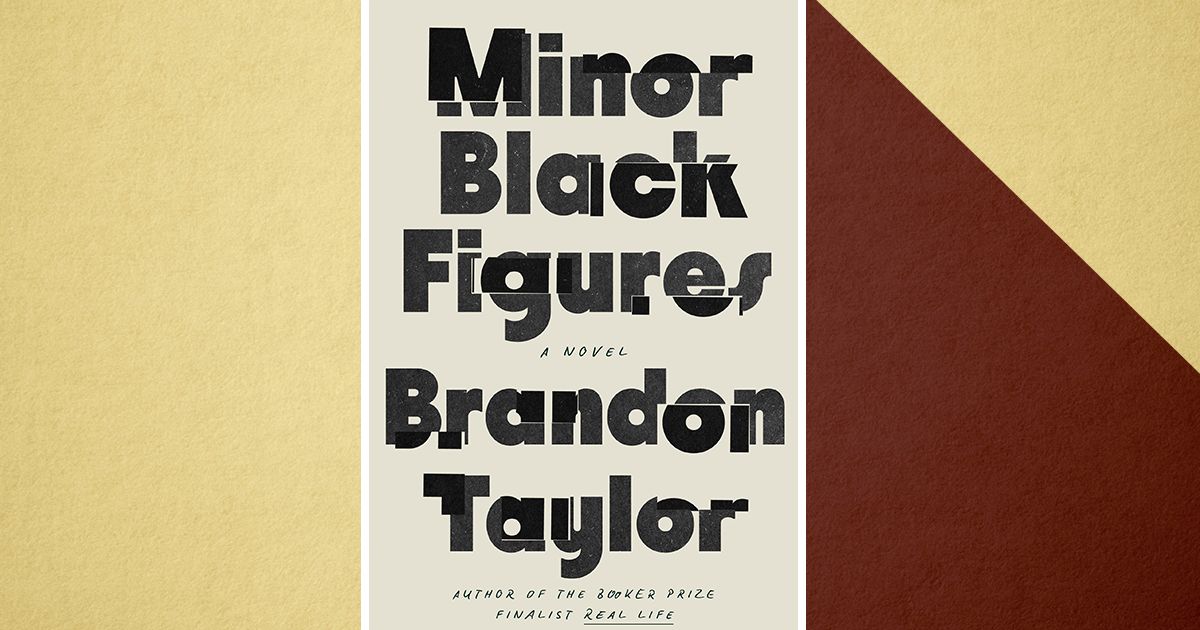
"In 2002, Thelma Golden curated a show at the Studio Museum in Harlem titled "Black Romantic: The Figurative Impulse in Contemporary African-American Art." It was a survey of Black artists who were interested in representing the Black figure in a way that refuted narratives that made exotic caricatures of Black people. These were artists whose work was popular among Black audiences but largely shut out of white, mainstream art circles."
"The most well known of the bunch was Kehinde Wiley, whose work has since become so massively popular you can get a platinum Amex card with his art on it. The show received mixed criticism from art-world media, both for what was shown (it was described as "middlebrow") and what the exhibition represented. Artforum described the work as "populist" and "nostalgic." Then- Village Voice critic Jerry Saltz called the art "commercial.""
"The discourse around the show is exemplary of what it means to be a Black artist in any decade - there's the discussion of the art itself, then the meta discussion of the art's existence in relation to the wider art world and how it fits into the mainstream, whether it's supporting existing narratives or refuting them. What, then, does it mean to be a Black artist? Brandon Taylor's third novel, Minor Black Figures, explores these questions with unsatisfying results. Ostensibly a romance, the novel follows Wyeth, a 31-year-old Black painter living in New York who splits time between working at a shared artist studio and assisting a restorer. Over a sticky summer, he falls in love with a blond lapsed priest named Keating who, since leaving the seminary, is working manual jobs. Both are having crises of faith. Keating is struggling with his belief, and Wyeth is struggling with making good art."
Thelma Golden curated a 2002 exhibition at the Studio Museum in Harlem titled "Black Romantic: The Figurative Impulse in Contemporary African-American Art." The exhibition surveyed Black artists committed to representing the Black figure and rejecting exotic caricatures. Several featured artists gained popularity with Black audiences but remained marginalized by white mainstream art institutions. Critics labeled the work "middlebrow," "populist," "nostalgic," and "commercial," revealing tension between popular appeal and art-world acceptance. Brandon Taylor's Minor Black Figures follows Wyeth, a thirty-one-year-old Black painter in New York, who falls for a former priest named Keating while both confront crises of faith and questions about the function of art amid protests.
#contemporary-african-american-art #representation #art-criticism #race-and-literature #art-and-politics
Read at Vulture
Unable to calculate read time
Collection
[
|
...
]